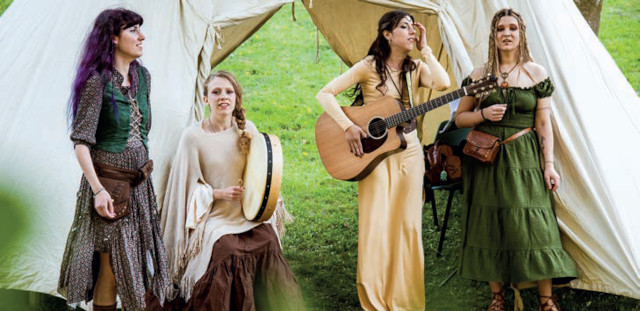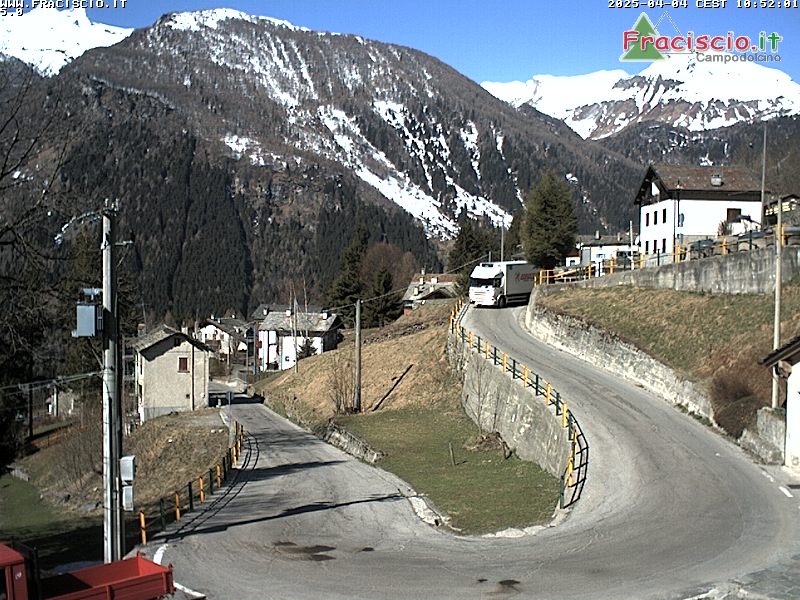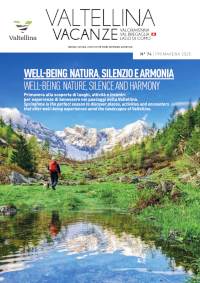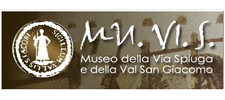Since ancient times, the Valle Spluga has been a transit territory for nomadic populations making their way to the Mediterranean regions from the north. The Alps have never formed an unsurmountable bastion and have therefore been subject to human settlements ever since postglacial times and the retreating ice.
Somewhere between 10,000 and 12,000 years ago the vegetation of the Valle Spluga had returned and it was at that point that the mountain territory began to be populated. The Celtic population have their origins in more Northern Europe, but being an itinerant people, during the Iron Age they had settled along the Alpine arc. A Celtic presence in the Valle Spluga became apparent thanks to archaeological evidence and toponymy, i.e. the study of place names - vital to identify the civilizations and cultures that inhabited them. Significantly, one of the oldest toponyms linked to the community of Campodolcino is Tarvessaedum, a term of Nordic origin which indicates on “ox cart,” a likely necessity to reach the area. The same area of habitation was named thus in the Tabula Peutingeriana, an authentic road map of Roman origin.
All the communication routes of the Roman Empire and the names of the geographical sites are indicated. The terms referenced within demonstrate an even earlier Celtic presence, which had left a palpable linguistic mark. The Celts had brought with them a pagan-style religion, profoundly linked to Nature: gods, men, animals, flora and all the elements that combine to make up significant matter, co-existing on the same level and constantly interacting with each other. Rituals were intricately linked to the changing seasons and the metamorphosis that the vegetation is subject to during the course of the year.
Some local traditions that still influence the area reveal a deep connection with the surrounding natural environment. It is not clear that they too are an ancient testimony to the people who were in transit through our valleys centuries ago, but this might well be the case of the fires lit annually on the 15th August, during the festival dedicated to the Assumption of the Virgin. A further age-old presence of this civilisation could be detected in Bitto cheese, as the Celts were renowned in the art of dairy production.
Celtic culture will be celebrated again in Campodolcino during the Spluga Celtico Festival through music, dance and presentations. A delight.




















